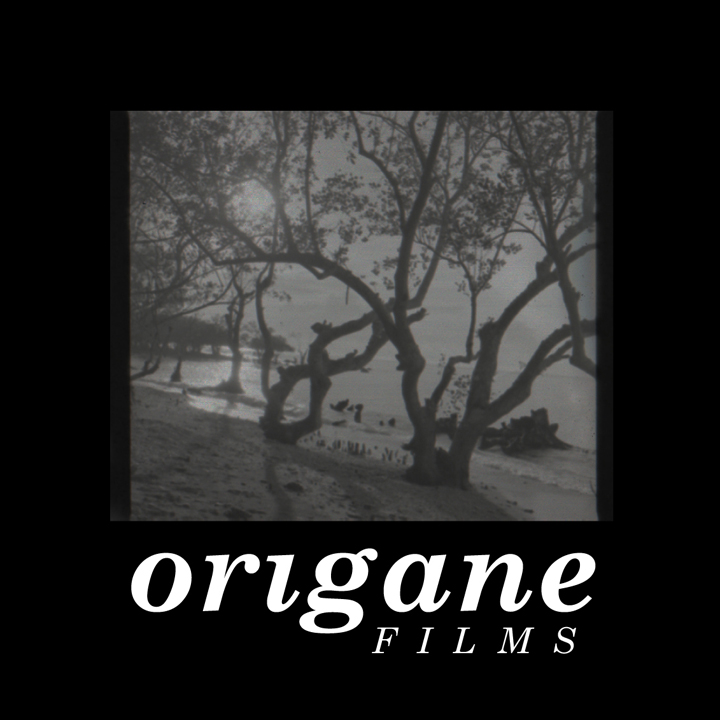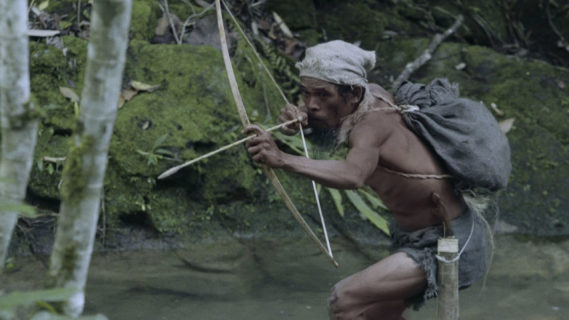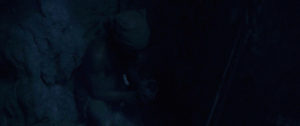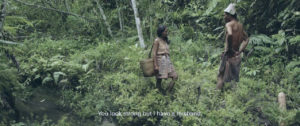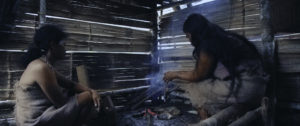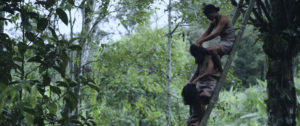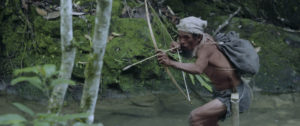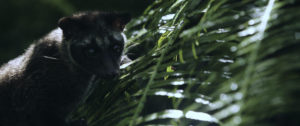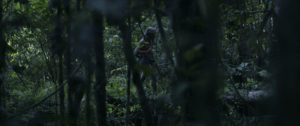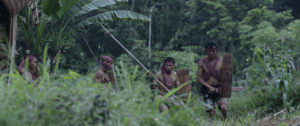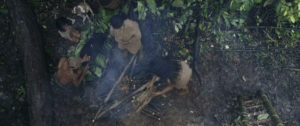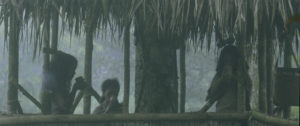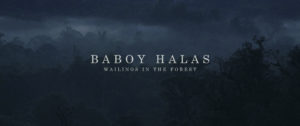An indigenous family, one of the last forest people of old, copes with the unusual changes in their ancient environment, pressure by the imposing lifestyle and customs of the tribes on the plains.
Technical
Runtime: 105 min
Sound Mix: Stereo
Color: Color
Format: 2k (Cinemascope, cropped)
Resolution: 2048×858
Aspect ratio: 2.39:1 Colorgraded on DaVinci Resolve by BlackMagic Design
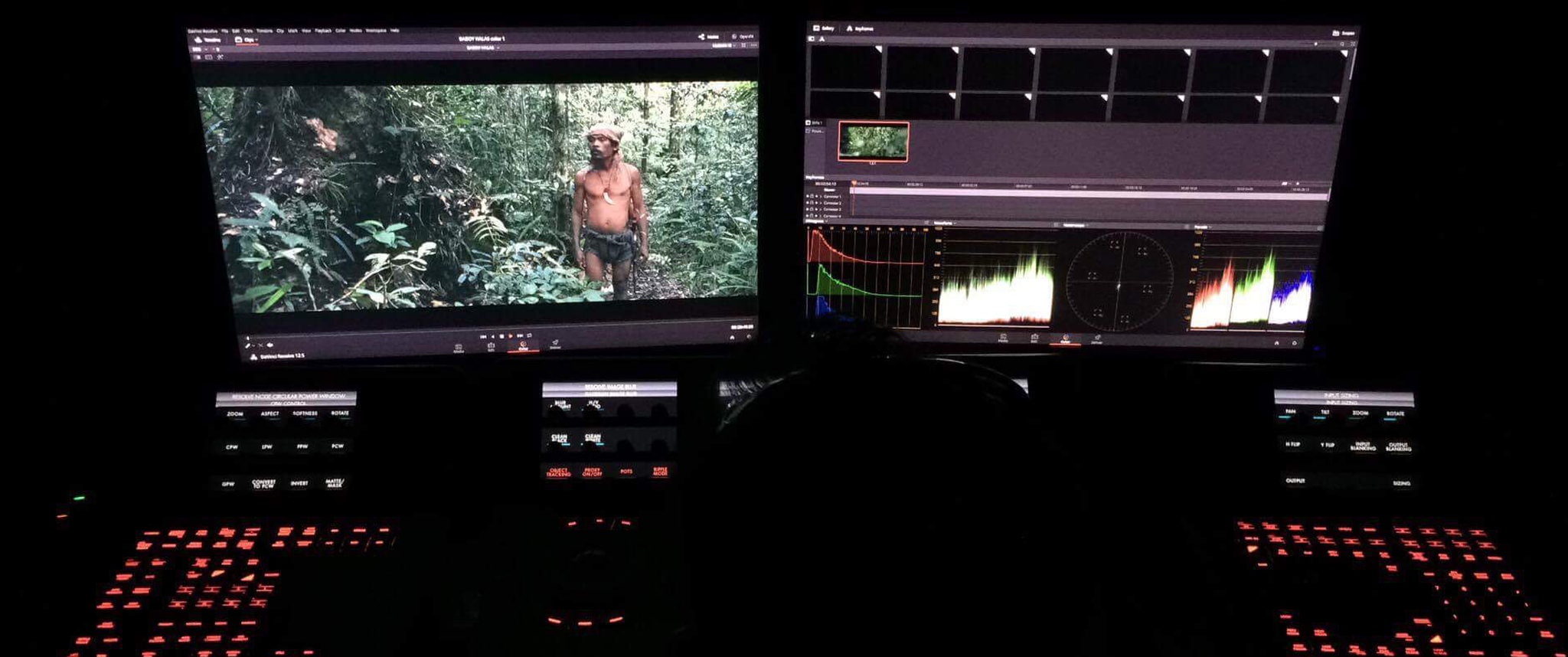
The film “Wailings in the Forest” was performed and well participated by the Matigsalug tribe of sitio Maharlika barangay Baganihan and sitio Tabontabon barangay Dawag of Marilog District, Davao City, Philippines
Film Stills
The Matigsalug Actors
Omeles Laglagan as Omeles
Ailyn Laglagan
Vangelyn Panihao
Jhea Laglagan
John Philip Laglagan / Ruben Lantong / Danilo Casig / Pepe Laglagan / Daniel Dagsil / Lolita Lantong / Lita Casig / Marcelino Singkianon / Arais Panihao / Sadam Dagsil / Rolly Panihao / Henyo Panihao / Ernesto Capal / Daniel Adang / Daniel Naran / Julius Laglagan / Mad Laglagan / Renato Lumin / April Laglagan / Taisan Panihao / Nueme Panihao / Emily Dagsil / Nenita Gordo / Nena Singkianon / Mercy Laglagan / Beah Magwana / Janeth Lantong / Felepe Lantong / Felix Laglagan / Elvie Magwana / Sheryl Arendain / Jessa Jaime / Merlie Lantong / Imelda Lascuña / Lita Lantong / Jasmen Flores
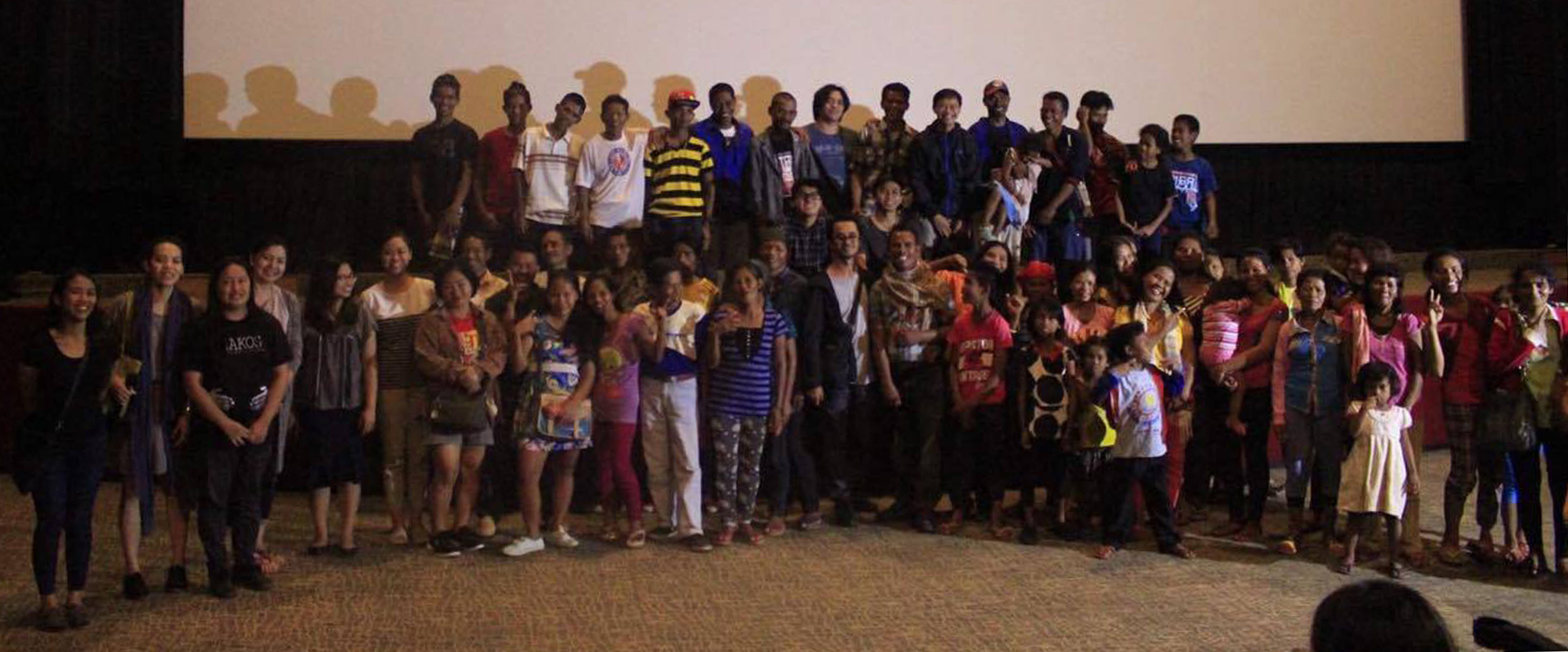
…it is an attempt not to exoticize the communities we endear to call ‘tribes’.
– Tito Valiente, Manunuri ng Pelikulang Pilipino
Matigsalug tribe is one of the 18 lumad – indigenous tribes in Davao City, Philippines. “Matigsalug” is a term which means “people along the Salug river–now called the Davao River”. In earlier years, the tribe practice a hunting-gathering lifestyle with minimal agricultural efforts. Very recently, by the influence of migrant farmers and businessmen from northern Philippines and the island provinces, the Matigsalug shifted to sedentary land cultivation with more or less permanent villages. What remains of their earlier lifestyle is now found in their cultural and artistic expression. This is evidenced by their costume of bright colored mid-rib blouses and short skirts, and with skilful hunting and gathering techniques. This early lifestyle is also shown in their music, songs, dances, poetry, epic, and spiritual expressions. Source: Wikipedia
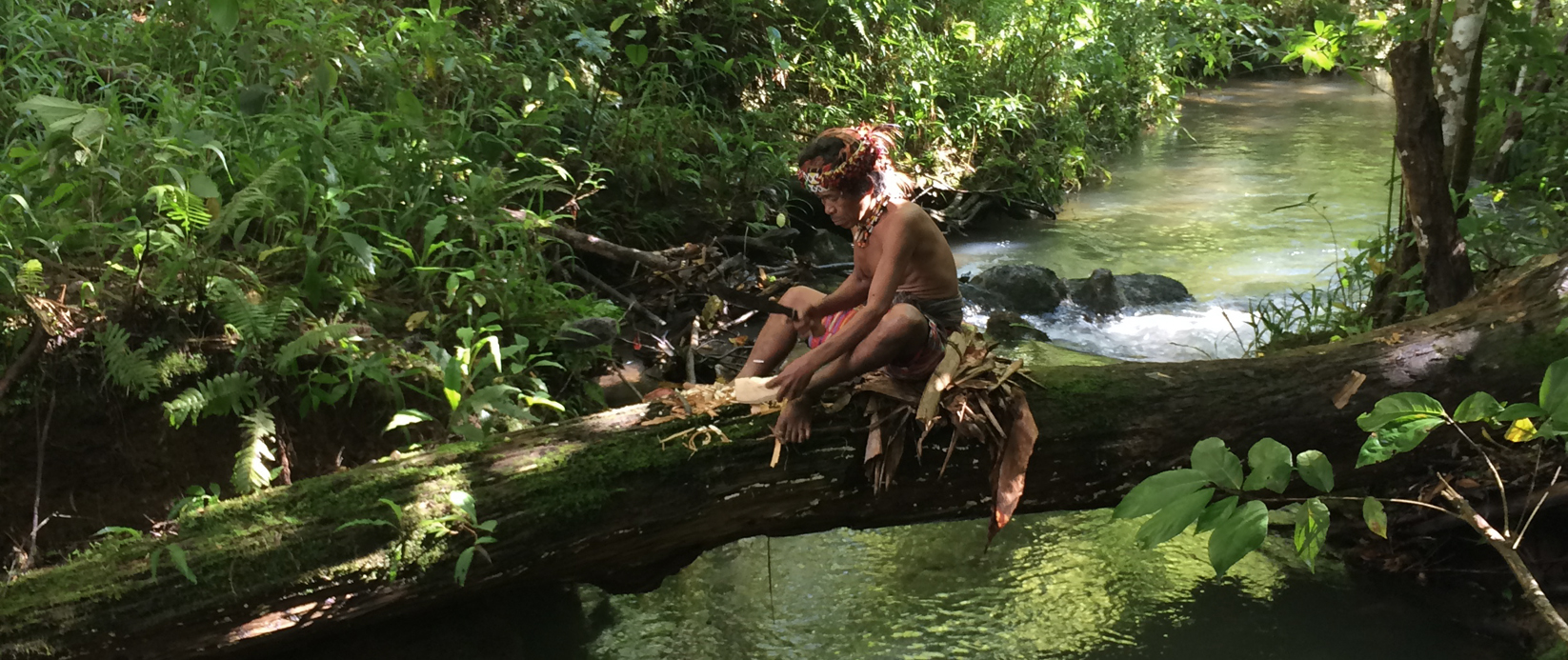
Director’s Statement
In 2016, I worked on an experimental documentary film. It was during the early phase of its production that the conception of “Baboy Halas” was developed. On our first day of shooting in Pikit, north of Cotabato province, somewhere in the southern part of the Philippines, I was fortunate to have listened to a wonderful fable told by a former rebel commander. He seemed to have mastered the art of telling the stories of his Moro ancestors, passed on through a lyrical poem sang in their native tongue to each generation before it was written in Arabic in the 50’s. The first part of the fable really lingered in my mind. It is the story of the origin of their clan; how their first father was impassioned to wake up every night just to be mesmerised by the beauty of a forest nymph, which only his eyes can see. To others, the nymph appears as a mere animal. Eventually, the story flourished beyond what I could imagine and settles in my heart, until “Wailings in the Forest” was written, inspired by that wonderful fable.
The film “Wailings in the Forest” somehow became a different story from the fable, but I feel that it represents a wider Mindanawon culture, because boar hunting, as the essence of the film, is a common practice of the ancient tribes in Mindanao, like the lumad (the indigenous people), such as that of the Matigsalug tribe.
I am proud that, in a sense, “Wailings in the Forest” represents the Mindanawon cinema during its premiere in October 2016 at the 4th QCinema International Film Festival in Manila, Philippines. I am also proud that we were able to present the film at the prestigious 46th International Film Festival Rotterdam in Netherlands, a year later and after it’s local festival screenings in Mindanao. Months passed by and another festival abroad invited the film – the Internationales Film Festival Mannheim-Heidelberg – one of the oldest film festivals in the world and the second oldest in Germany, and this time, it’s to compete among 44 films from many different countries. Surprisingly, after 7 days in Deutschland and 10 days in Switzerland, between the seasons of autumn and winter in the year 2017, the film about one of the last forests in Mindanao, returned home with a prize.
I commend the filmmakers as well as the Matigsalug cast who, for 17 days, over 400 hours, roamed and braved the rainforests of Mindanao to tender beautiful and wild stories that nature has provided. With the blessings of Manama (the gods) and the guidance of the tribe’s people, “Wailings in the Forest” lives on as we share it to the world… and it will always long to return to its beginnings to become a relic of the beautiful and peace loving indigenous people, the lumad of sitio Maharlika barangay Baganihan and sitio Tabontabon barangay Dawag of Marilog district, Davao City.
I thank all who helped us in the making of “Wailings in the Forest”; the Quezon City Film Development Commission, Barangay Council of Baganihan, the Philippine Eagle Foundation, and the lumad (indigenous people) who have a very special participation in the film. I thank my family and friends for the constant support and to all the passionate, creative and ever struggling Davao film community and the local independent film productions, daghang salamat! And most importantly, I thank my Nanay who has always been my inspiration since day one.
Okoyoy!

Subtitles
Bem di Lera, Janna Moya, Melona Grace Mascariñas, and Bagane Fiola
Sound Design and Color Grading
Willie Apa Jr
Editing
Willie Apa Jr and Bagane Fiola
Production Sound
Willie Apa Jr and Charlie Daclan
Cinematography
Raphael Meting and Mark Limbaga
Production Design
Joel Geolamen and Bagane Fiola
Directing Assistance
Bem di Lera and Janna Moya
Screenplay
Bagane Fiola, Bem di Lera, and Janna Moya
Producing, Story and Directing
Bagane Fiola
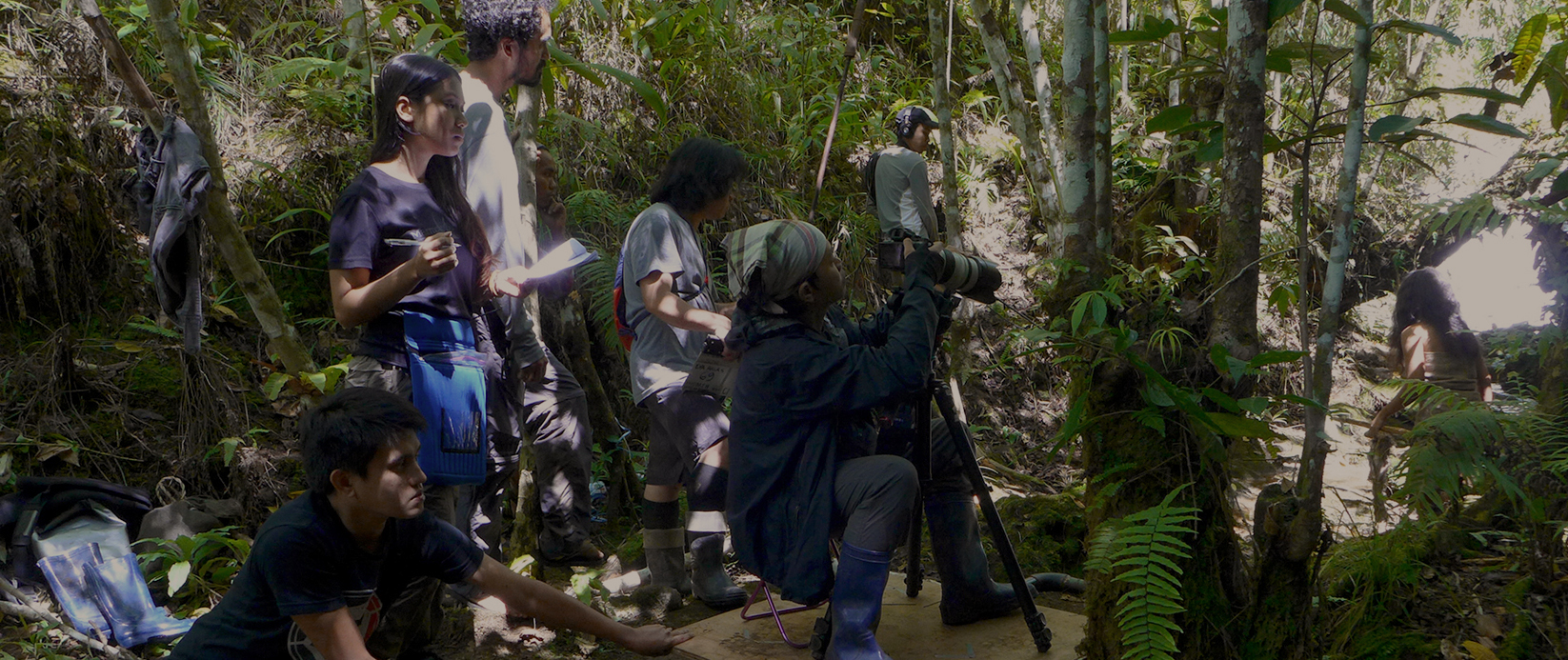
Co-producers
Angely Chi / Aleli Rodriguez / Bebe Go / Bebs Gohetia / Beulah Lawanin Laranjo / Ching Amor / Debbie Karol Butay / Glorypearl Dy / Kazami Joanne Amano / Lou Raphael Cañedo / Jay Rosas / McRobert Nacario / Ralph Elusfa / Carlos Paolo Pascual / Rhon de los Santos / Rudolph Ian Alama / Socorro Fiola / Yam Palma
Production Companies
Timewrap Film Productions, Oya Film Productions, CoolLab Studios, Alchemy of Vision & Light Productions, Thritysix-O Industries, and Origane Films
Supported by
QCinema International Film Festival and the Quezon City Film Development Commission, Barangay Council of Baganiha, and Philippine Eagle Foundation
With Special Participation of
The Lumad (indigenous people) of Maharlika, Baganihan and Tabontabon, Marilog District, Davao City, Philippines
Antipode Sales & Distribution
Antipodee is a world sales company based in Moscow Russia that works with films from all over the world including Wailings in the Forest.

Award
Grand Jury Prize
Dreamanila International Film Festival, Philippines, 2017
Screening
Black Box Kino im Filmmuseum Düsseldorf, Düsseldorf, Germany, 2017

Award
Special Newcomer Award
66th Internationales Filmfestival Mannheim-Heidelberg, Germany, 2017
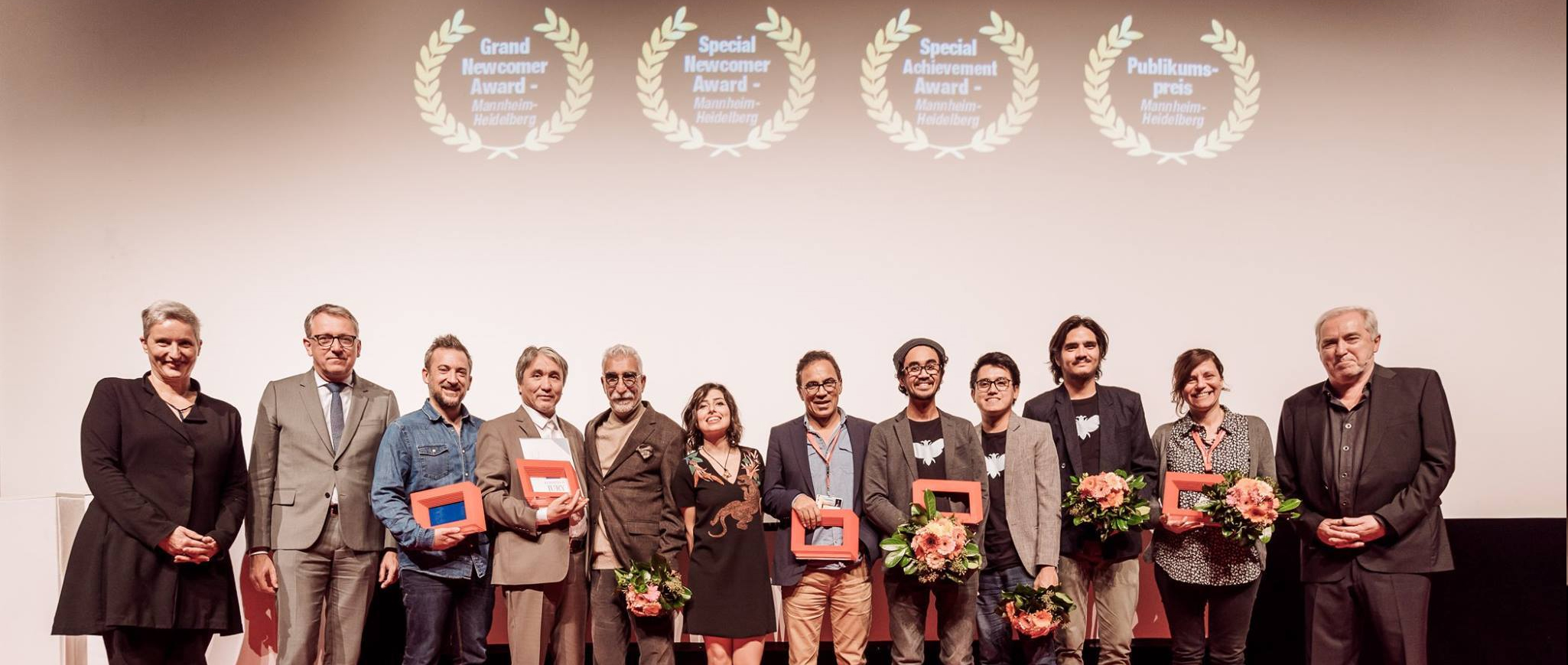
5 Nominations
Major awards including Best Picture
40th Gawad Urian by Manunuri ng Pelikulang Pilipino, 2017
Award
Best Cinematography and Visual Design
Film Desk of the Young Critics Circle, 2017
Official Selection
Bright Future section (non-competition)
46th International Film Festival Rotterdam, Netherlands, 2017
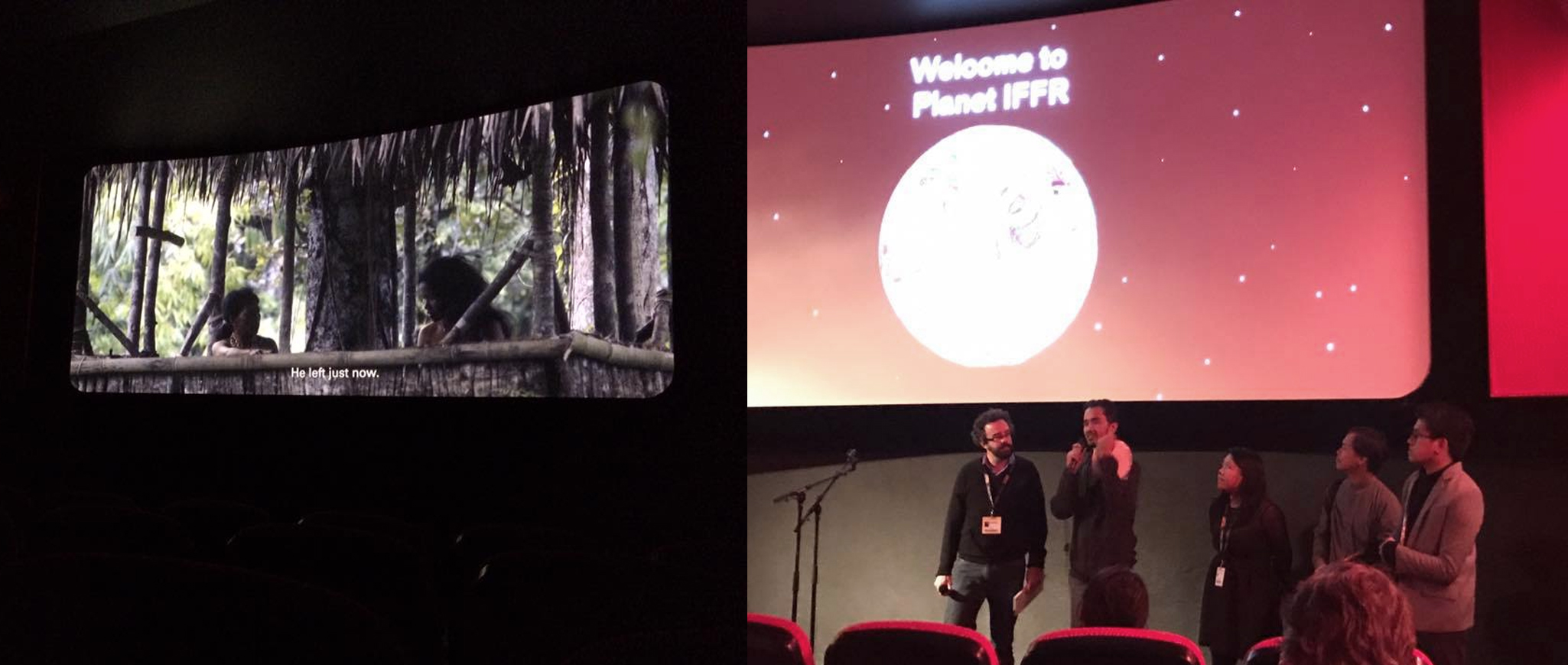
Awards
NETPAC Jury Prize
Best Artistic Contribution in Cinematography
QCinema International Film Festival, 2016
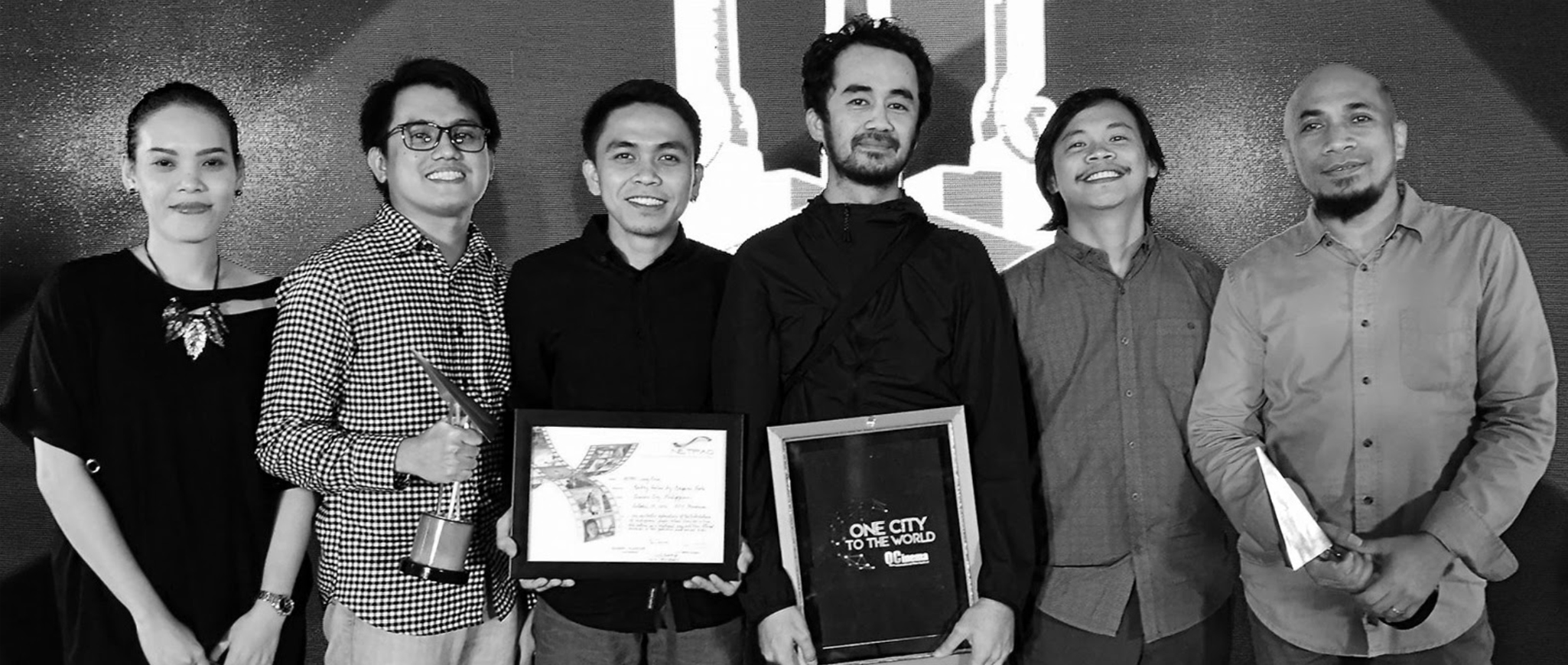
It is the originally rerely encountered in Philippine Cinema with a seemingly deliberate artlessness, with a pleasantly “feminine” or tempered instead of a crude or violent presentation of life in the forest.
– Robert Cerda, film enthusiast
At first glance, one might describe this visually remarkable film essay about one of the last indigenous peoples in the southern Philippine Marilog jungle, as an ethnographic film.
The Matigsalog in Bagane Fiola’s film are not only observed, they enact scenes from their lives in front of the camera. The “protagonist” is Mampog, who is struggling to sustain his family of two wives and a daughter. As this becomes ever more difficult, and even sacrifices to the numerous spirits no longer help in finding food and warding off hostile attacks by neighbouring peoples, he becomes increasingly desperate…
The remarkable cinematography of this film organizes it in long calm takes. “Wailings in the Forest” teaches you to see again, and to hear, to immerse yourself in the jungle, your eye focussed on the challenge and beauty of tropical nature, your ear taking in the sounds of the jungle, the crackling of the fire, the, as yet, invisible but audible presence of the fauna, and the potential outside enemies. Who can say how long the Matigsalog can carry on living as they do? – IFFMH, 2017
In the jungles of the southern Philippines, tribes of he original inhabitants, the Matigsalog still live. Wailings in the Forest is about one such family living in the forest as hunter-gatherers. They are among the last of their people still living this way. Other tribes have adapted to a more agrarian lifestyle on the flatlands around the forest.
Mampog tries to feed his family – two wives and a daughter – by hunting. But it is getting more and more difficult to capture wild boar. When not even making sacrifices to the spirits seems to help, and with the outside world getting ever closer, Mampog becomes obsessed. This story, written by director Bagane Fiola, is acted out by members of the native population themselves. Fiola tells the story in long, peaceful shots that reveal the daily lives of the tribespeople: making fire, offering sacrifices or preparing a wild boar. The cinematography – doubtless no easy task in this region – is impressive. – IFFR, 2017
…it raises an existential question for the sanity of men.
– Philip Cheah, film critic
Immersive and profoundly atmospheric providing the viewer an opportunity to inhabit not only the lush topography of the jungle but also the psychology of the characters whose existence is closely tied with nature. – Guttierez Mangansakan II, Moro filmmaker
The story itslef is quite fascinating, one that blends folklore and survival in a setting that is both contained within the depths of a forest whose boundaries are homes to warring tribes. – Oggs Cruz, film critic
A beguiling showcase of the lumad and their mystical environment. – Skilty Labastilla, Young Critics Circle of the Philippines
It has elements of visual anthropology that alludes to the rhytyms and detours that inhabits the film’s setting… a powerful look at what might be the enf of our indigenous ancestry – when the hunter becomes the hunted. – Jay Rosas, Pasalidahay Davao
…it strives to illustrate the remains of the forgotten forest and natives in Mindanao. – Emil Nor Rigby, film enthusiast
Lush and fluid cinematography captures the core and tedium of going through life when everything in it is fading. – Archie del Mundo, film critic
…the film attempts to find out how a life that relies so much on the natural world is possible. – Emerald Flaviano, Young Critics Circle of the Philippines

Behind the Scenes
Video documentation by Joel Geolamen
